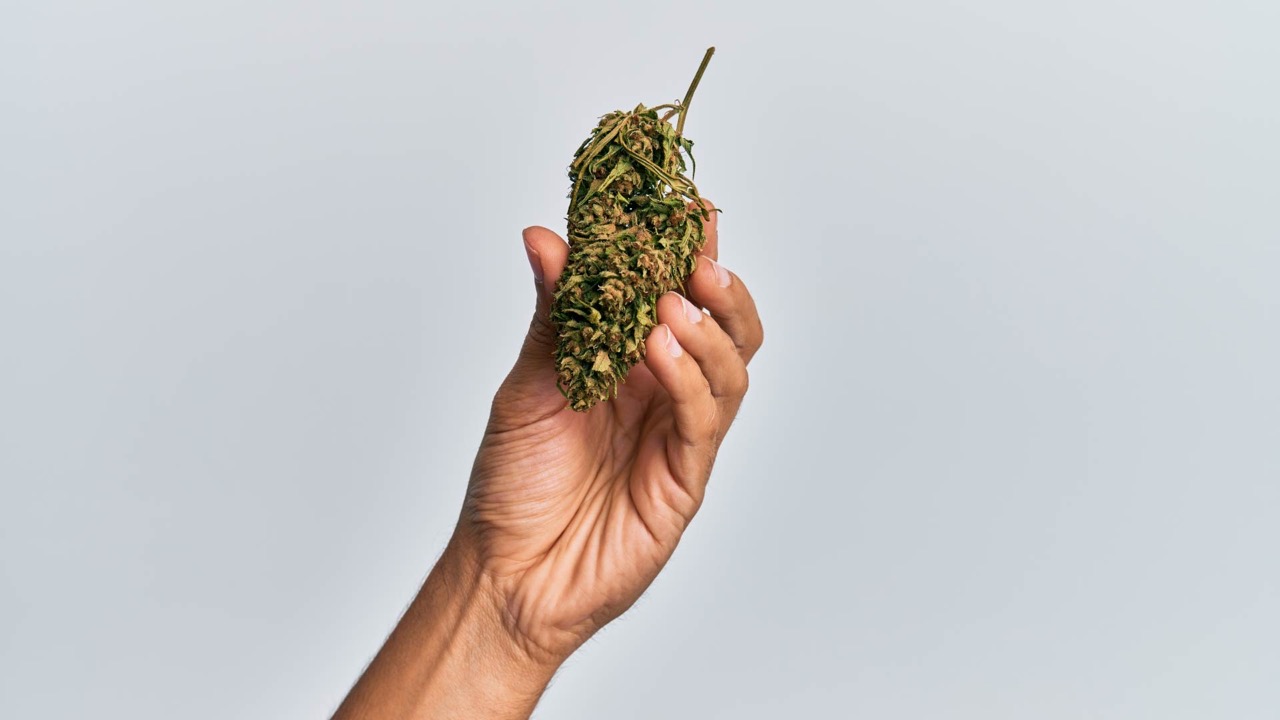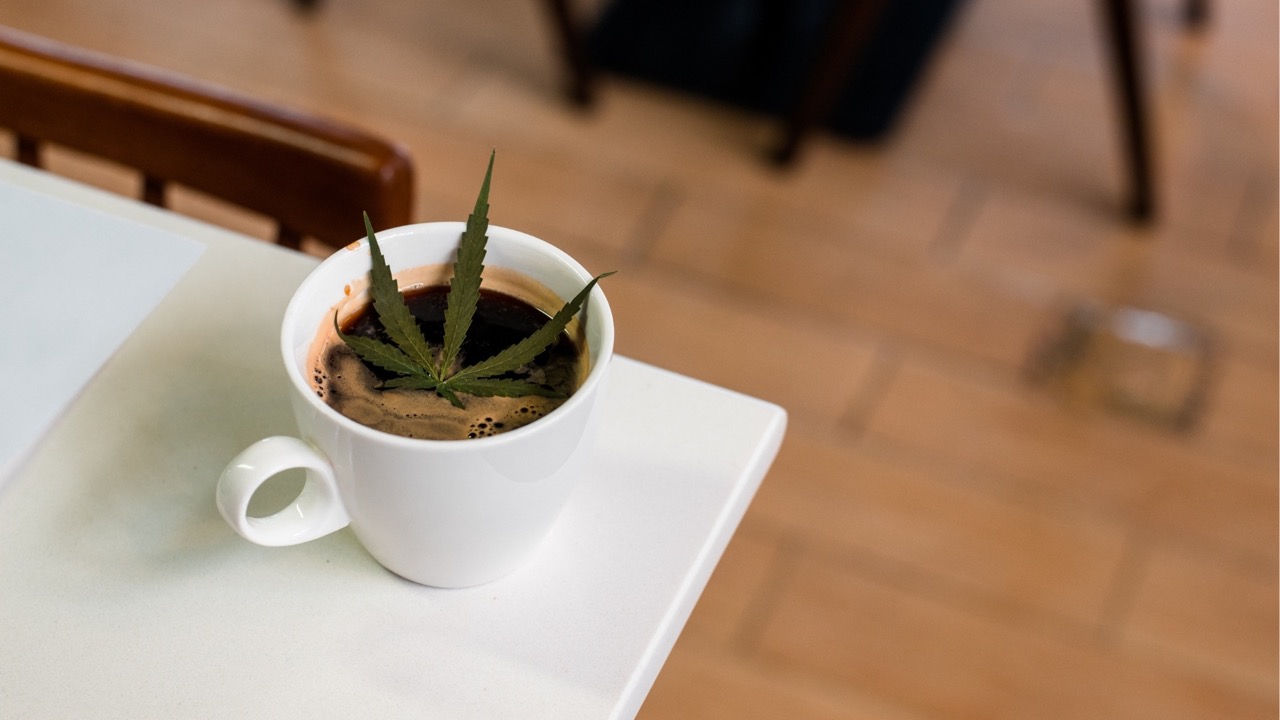The world of cannabis is vast and complex. For those looking to navigate it, understanding the science of the plant is essential. Among the most fascinating elements of cannabis science are terpenes, the aromatic compounds responsible for the distinct smells and tastes of different cannabis strains.
But terpenes aren’t just about aroma; they play a significant role in the therapeutic effects of cannabis. In this article, we’ll explore how terpenes influence your cannabis experience and why they should be a key consideration when selecting a strain.
The Entourage Effect: Terpenes and Cannabinoids
Venturing into the world of cannabis introduces one to the concept of the entourage effect, a principle signifying the harmonious synergy between the myriad compounds of the plant. This phenomenon emphasizes that the therapeutic impact of cannabis isn’t just driven by individual cannabinoids like THC or CBD. Instead, it’s the collective influence of these compounds, much like a symphony delivering a richer sound than any solo instrument could.
Terpenes, the fragrant compounds giving cannabis its characteristic aroma, are pivotal in this equation. Beyond their scent, terpenes modulate the interaction of cannabinoids with our endocannabinoid system, influencing the overall cannabis experience. For example, the terpene myrcene can enhance THC’s sedative qualities, while limonene, with its citrusy aroma, may boost CBD’s anti-anxiety effects.
Thus, understanding these molecular dances enables a more tailored therapeutic or recreational cannabis journey. As we progress in our exploration of cannabis, the entourage effect, with terpenes at its forefront, will undeniably become central to optimizing its benefits.

Popular Terpene Profiles and Their Effects
While the cannabis plant contains over 100 identified terpenes, some are more prevalent and influential than others. Here’s a snapshot of some notable terpenes and their associated effects.
- Myrcene: Earthy aroma; enhances sedative effects.
- Limonene: Citrusy scent; uplifts mood and may boost anti-anxiety properties of CBD.
- Linalool: Floral notes (similar to lavender); induces calm and may reduce anxiety.
- Pinene: Pine scent; promotes alertness and aids memory retention.
- Caryophyllene: Spicy, peppery aroma; known for anti-inflammatory properties.
- Terpinolene: Complex aroma (woody, citrusy); provides uplifting effects.
- Humulene: Earthy, woody scent; offers potential anti-inflammatory benefits.
- Ocimene: Sweet, herbaceous aroma; associated with antiviral and anti-fungal properties.
- Geraniol: Rose-like scent; may possess neuroprotective and antioxidant effects.
- Bisabolol: Floral aroma (reminiscent of chamomile); known for skin-soothing and anti-inflammatory effects.
As the understanding of terpenes grows, so does the recognition of their pivotal role in influencing the therapeutic and experiential effects of cannabis. While cannabinoids like THC and CBD often get the spotlight, terpenes can steer the direction of their effects, amplifying, moderating, or introducing entirely new dimensions of experience.
When selecting a strain, considering its terpene profile can be as crucial as its cannabinoid content. A strain might have high THC, but if its terpene profile promotes relaxation (like myrcene), it might offer a different experience than another high THC strain dominated by uplifting limonene.
Terpenes for Sleep and Sedation
As the exploration of cannabis deepens, its potential therapeutic uses are becoming increasingly apparent, particularly in the realm of sleep and sedation. Terpenes, with their diverse aromas and effects, play a pivotal role in determining how different strains might influence sleep patterns and quality.
Sleep-Promoting Terpenes
Myrcene: Dominant in many indica strains, myrcene boasts an earthy aroma and is frequently associated with sedative effects. It’s believed to enhance the psychoactive properties of THC, leading to muscle relaxation and a sense of calm, setting the stage for a restful night.
Linalool: Commonly found in lavender, this terpene has a floral aroma and is widely recognized for its anxiety-reducing and calming properties. It can play a role in lowering the arousal level, making it easier to transition into sleep.
Terpineol: With a scent reminiscent of lilacs, terpineol is known for its relaxing properties, making it another terpene that can aid in sleep induction.
Best Strains for Insomnia and Sleep Disorders
Granddaddy Purple: A legendary indica strain known for its relaxing properties, it’s rich in myrcene and often used by those seeking to combat insomnia.
Tahoe OG Kush: Another powerful indica strain, Tahoe OG Kush is reputed for its fast-acting sedative effect, making it a preferred choice for those with serious sleep disturbances.
Afghan Kush: Originating from the Hindu Kush mountain range, this pure indica strain is abundant in myrcene, offering profound relaxation and sedative effects.
Utilizing Terpenes to Improve Sleep Quality
Maintain a terpene-rich environment: Using a vaporizer or diffuser with terpene-rich essential oils (like lavender for linalool) in the bedroom can set the stage for relaxation.
Balanced strains: Strains that have a balanced profile of sleep-inducing terpenes and cannabinoids can often lead to more restorative sleep. It’s not just about being sedated, but also achieving the right sleep architecture, including adequate deep and REM sleep.
Tinctures and edibles: For those who prefer not to inhale, tinctures and edibles that emphasize sleep-promoting terpenes can be an effective alternative. They often provide a longer-lasting effect, ideal for those who struggle to stay asleep.
Terpenes for Mood Enhancement and Euphoria
Cannabis has been historically associated with uplifting spirits and inducing a sense of euphoria. While cannabinoids like THC have been the primary focus, terpenes play a significant role in modulating and enhancing these effects. Here’s a closer look at how these aromatic compounds can be key players in elevating mood and inducing joy.
Uplifting Terpenes and Their Psychological Effects
Limonene: Easily recognized for its citrusy aroma, limonene is associated with stress relief, mood elevation, and anti-anxiety properties. It has been suggested that limonene might elevate serotonin and dopamine levels in specific brain regions, providing a natural mood boost.
Pinene: This terpene’s refreshing pine scent is not just invigorating for the senses. Pinene is believed to have anti-anxiety effects and can promote alertness and clarity, countering potential THC-induced fog.
Beta-caryophyllene: With a peppery scent, this terpene is unique because it can bind to cannabinoid receptors, particularly CB2 receptors. This interaction can help reduce anxiety and depressive symptoms.
Choosing Strains for Mood Elevation and Happiness
Super Lemon Haze: A sativa-dominant strain with an abundance of limonene, its uplifting effects can be profound, making it a popular choice for those seeking a mood boost.
Jack Herer: A well-balanced strain that combines the benefits of both sativa and indica. It’s known for its elevating effects and often contains both limonene and pinene, making it an excellent choice for both mood enhancement and mental clarity.
Sour Diesel: A high-energy sativa strain, Sour Diesel often boasts limonene content, providing a euphoric and invigorating experience.
Balancing THC and Terpenes for Optimal Euphoria
Enhancing with terpenes: While THC might provide the primary euphoric drive, the presence of uplifting terpenes like limonene can shape this euphoria into a more joyous, vibrant experience.
Moderation by terpenes: Conversely, strains with terpenes like myrcene (which has sedative properties) might offer a more mellow, grounded euphoria.
Optimal ratios: It’s not always about the highest THC content. A balanced strain, with a moderate THC percentage and a rich terpene profile, might offer a more nuanced, enjoyable euphoria than a high THC strain with minimal terpenes.

Terpenes for Pain Management
The therapeutic potential of cannabis, especially concerning pain management, is gaining considerable traction in research and application. Beyond the widely acknowledged cannabinoids like THC and CBD, terpenes are emerging as crucial players in modulating and enhancing pain relief effects. Their intricate interplay with the body’s systems paves the way for a more holistic approach to pain management.
Anti-inflammatory Terpenes and Their Benefits
Beta-caryophyllene: Unique in its ability to bind with the body’s CB2 receptors, beta-caryophyllene is not just aromatic with its peppery scent, but it also boasts significant anti-inflammatory effects. This binding helps modulate the immune system’s response, potentially providing relief from inflammatory pain.
Myrcene: Known for its earthy aroma, myrcene has been linked to muscle relaxation and sedative effects. It’s also demonstrated anti-inflammatory properties, which can prove beneficial in managing pain stemming from inflammation.
Pinene: With its refreshing pine scent, pinene has a dual role. It can act as an anti-inflammatory agent and has the potential to enhance memory, countering some short-term memory issues associated with THC.
Strains for Chronic Pain and Discomfort
Harlequin: A CBD-rich strain, Harlequin’s high myrcene content augments its pain-relieving properties, making it an ideal choice for those looking for relief without a strong psychoactive effect.
Blue Dream: This hybrid strain has gained popularity for managing pain, depression, and nausea. Its balanced myrcene and pinene profile can offer pain relief and mental clarity.
ACDC: Another high-CBD strain, ACDC is often lauded for its ability to relieve pain without inducing a ‘high.’ The presence of both myrcene and beta-caryophyllene amplifies its therapeutic potential.
Maximizing Pain Relief Through Terpene Selection
Comprehensive profiles: Rather than just focusing on THC or CBD content, understanding a strain’s terpene profile can provide insights into its potential effects and efficacy in pain management.
Entourage effect: The combined effect of terpenes and cannabinoids can often be more potent than either in isolation. For instance, the presence of beta-caryophyllene can enhance CBD’s anti-inflammatory properties.
Personalized approach: As with all things cannabis, individual responses can vary. Keeping a journal of strains, their terpene profiles, and their consequent effects can help users hone in on the most effective strain for certain pain issues.

Terpenes for Creativity and Focus
A rising interest surrounds the use of cannabis strains for cognitive enhancement, particularly in stimulating creativity and focus. At the heart of this phenomenon, along with cannabinoids, are terpenes. These aromatic compounds can significantly shape and amplify the cognitive effects of cannabis.
Terpenes for Cognitive Enhancement
Pinene: Known for its fresh pine scent, pinene is believed to promote mental clarity and focus. It’s also known to counteract some of the potential memory-impairing effects of THC, ensuring a clearer mind.
Limonene: This citrus-scented terpene has a range of effects. Alongside mood elevation, limonene is thought to provide an uplift in energy and alertness, sparking creativity.
Terpinolene: With a complex aroma that can be woody, citrusy, or herbal, terpinolene has been linked with uplifting effects, making it potentially beneficial for creative endeavors.
Enhancing Creativity With Specific Strains
Jack Herer: A sativa-dominant strain named after the cannabis activist, Jack Herer is renowned for inducing cerebral thinking and sparking creativity. High in both terpinolene and pinene, it’s a go-to for many artists and thinkers.
Tangerine Dream: This strain is not just sweet and fruity but also packed with limonene. Users often report a balanced high, which relaxes the body while stimulating the mind, perfect for brainstorming sessions.
Durban Poison: A pure sativa, this strain is rich in terpinolene, and it’s famed for its ability to provide a clear-headed and energetic high, ideal for long creative projects.
Terpenes for Increased Focus and Concentration
Strains rich in pinene: As pinene promotes clarity and counters some THC effects, strains dominant in this terpene can be beneficial. Consider strains like Dutch Treat or Blue Dream.
Balance with CBD: Strains that have a balanced THC-to-CBD ratio, along with cognitive-enhancing terpenes, can provide focus without overwhelming euphoria. Harle-Tsu and Cannatonic are such strains that ensure you remain grounded while concentrating.
Trial and calibration: Everyone’s chemistry is unique. What induces focus in one might lead to a more relaxed state in another. Documenting experiences with different strains and their terpene profiles can guide users toward their perfect match for concentration.

Stop and Smell the Terpenes
As you explore these various terpene combinations, it’s essential to remember that your body will process cannabinoids and terpenes differently than anyone else. Everyone has an endocannabinoid system that hums to its own rhythm, meaning that you and your friend might be sharing a joint, but the effects may vary slightly. You may feel relaxed and ready to enjoy a nice meal, and your friend may be more interested in heading out for a long walk with a burst of energy.
Don’t let these variances discourage you! Instead, consider it a fun and exciting time to explore what makes you tick when it comes to terpene and cannabinoid combinations. By going beyond the surface and exploring different terpene profiles, you can embark on a more informed and tailored cannabis journey. So, the next time you select a strain, look at the terpene profile, consider your intention with the plant, and start experimenting. This could be your key to unlocking a world of personalized, maximized benefits from the cannabis plant.


